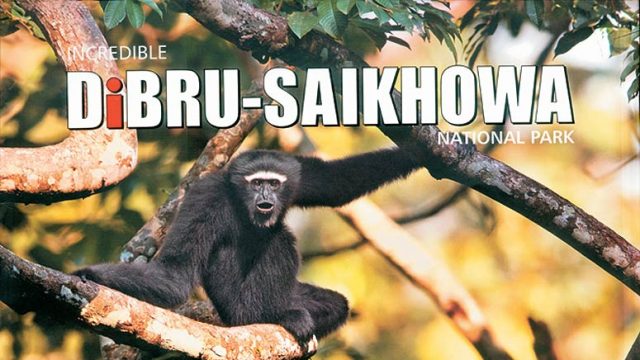Even before you put down Incredible Dibru-Saikhowa National Park, you wish for such books on all our national parks: comprehensive, well written, with excellent pictures that draw you into the world of the park. The eyes of the hoolock gibbons, one of the 25 most threatened primates, look like they are begging us to leave their habitat alone.
Dibru was notified as a reserve forest in 1890 and Saikhowa added to it in 1929. But the whole was notified as a national park as late as 1999. This book paints a vivid picture of this little-known forest, and stresses the need to conserve its fragile eco-system. More importantly, the book offers a solution: a participatory approach involving all stakeholders, especially forest dwellers. For instance, Joynul Abedin, used to kill for pleasure and food. One of the leading conservators of the park today, Abedin has set up camp Bonoshree for tourists and plays the role of a guide.
In the process of tracing the history of the park, the author details how a group of dedicated officials, conservationists and enterprising individuals can make a difference.
But, for all its efforts at sensitising readers to the issues at hand, the book is far from preachy. Readers will be delighted by the rare images: a golden web spider with its prey, an Indian cabbage white butterfly or an Oriental pied hornbill flying with a fruit clearly visible in its beak. There are amphibian trails and fish tales — including that of Gangetic river dolphin, which probably have less than half a chance of survival — and butterflies that bring to mind fairies. For plant lovers, there is a special section on orchids.
No book can cover all that the park has to offer. But the range offered here is far from modest. This book is the result of the efforts of many officials, conservationists, photographers, scientists, bird watchers, professional editors and others. Of particular note are photos by Dhritiman Mukherjee and Abhijit Das.
Incredible Dibru-Saikhowa whets the appetite; you’ll be raring to visit the park. At the very least, this book will leave you convinced that there is more to Assam’s national parks than Kaziranga and Manas




